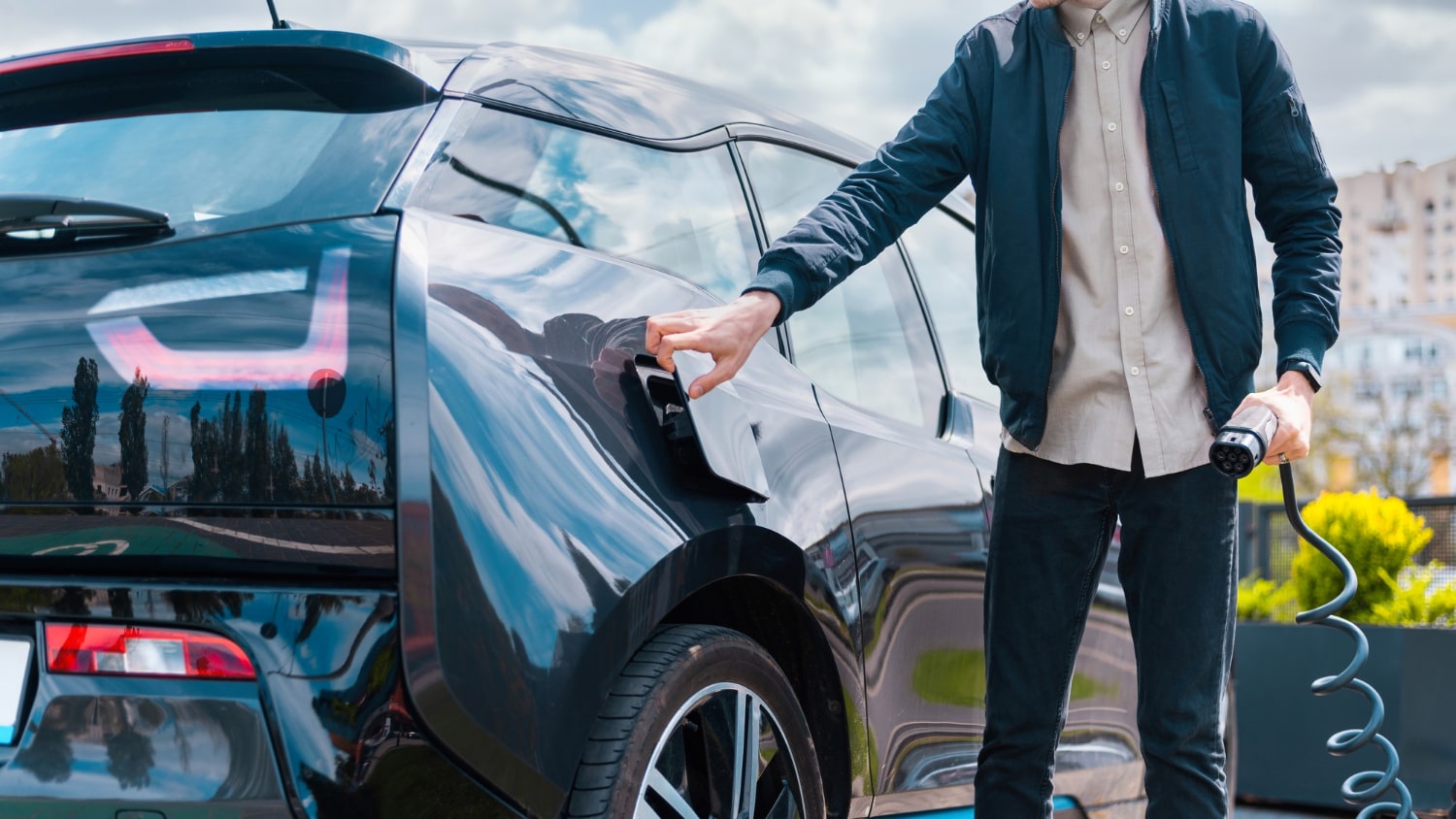
Hooray for the environment! You have finally decided to make a change and go green. The first step is to start with your car. Here are some tips to help you save gas and help the environment.
Reduce your carbon footprint
A carbon footprint is the amount of greenhouse gas emissions caused by your driving.
The good news is that reducing your carbon footprint doesn't mean you have to give up driving entirely; it just means making small changes in how you drive and what kind of vehicle you use.
Reducing your carbon footprint means helping the environment by reducing emissions into our atmosphere, which helps preserve all kinds of habitat for animals and plants around us.
Recycle
Recycle your car parts
When you buy a new vehicle, it's important to recycle the old one. Don't just throw it away; take care of it and give it a second life.
Recycle oil
It's important that you don't pour used motor oil down the sink or on the ground, as this can contaminate water supplies and cause many problems for our environment as well as ourselves. Instead, make sure to dispose of used motor oil properly by calling up your local recycling center or even taking it yourself!
Recycle tires safely
Tires can be disposed of in several different ways; they can either be burned (preferably at an approved location), shredded into tiny pieces, or recycled into rubber mulch that can be used for landscaping purposes around homes and businesses alike! You do not want this material ending up in landfills where harmful chemicals could leach into nearby waterways instead - so make sure these things are disposed responsibly!
Recycle batteries ecologically
There are many different types of batteries out there today - and all need to be recycled properly because they contain harmful substances like lead which could seep into groundwater if improperly handled by consumers after use has ended.
There are three main ways that people tend toward when disposing these types items:
1) Burning them
2) Shredding them
3) Reusing them once more before sending them off somewhere else - perhaps even overseas where markets might exist which would pay cash money for these goods.
Be fuel-efficient
- Plan your route ahead of time. Driving a car is one of the most expensive forms of transportation on a per-mile basis, and it's important to plan ahead and drive only when necessary. If you have multiple stops to make in one day, combine them into one trip whenever possible. Navigation can help you with that, especially in dash GPS that allows you not to wander around the city. When you have the best routes to your destination, you will spend less time traveling and thus reduce exhaust emissions.
- Keep your tires properly inflated. Underinflated tires waste gas by making your vehicle work harder and increasing fuel consumption by up to 3%.
- Keep your car tuned up: A well maintained vehicle can improve fuel economy by 10% or more!
- Use cruise control on the highway: This will allow you to maintain a consistent speed without having to shift gears as often — which also means less engine wear over time.
- Use overdrive gears: Overdrive gears help reduce engine rpm at cruising speeds (when there's not much load on the engine), which reduces fuel consumption by 15% - 20%.
- Avoid idling: Idling kills an enormous amount of gas every year — upwards of 300 million gallons annually nationwide! For every hour spent idling outside waiting for someone, etc., save at least $3 worth of petrol at today’s prices; that adds up quickly if done regularly throughout the year!
Check tire pressure regularly
It's important to check tire pressures regularly as this helps improve fuel economy and keeps tires performing well. Tires should be checked at least once a month, ideally before long journeys. You should also avoid using the spare wheel if possible as this increases fuel consumption by up to 10%.
Drive slowly
The average car uses more fuel when travelling at high speeds than when travelling at low speeds. The reason for this is because at higher speeds there is less time for air resistance and aerodynamic drag to slow down the vehicle. If you want to save fuel, try driving at lower speeds and see how much money you can save by doing so!
Get an eco-friendly vehicle
Electric and hybrid vehicles produce far fewer emissions than conventional cars. If you're considering purchasing a new vehicle, look for one with low emissions and high fuel efficiency ratings.
Take public transportation more often
If you are going to drive, then take public transportation more often. Using your car less can greatly reduce pollution and saves money in the long run. Instead of driving your own car, use the bus or subway more often. You can even ride a bike if you live close enough to work or school. Biking is great for exercise too!
Going green in your driving is a way to save money and the environment. There are many things you can do, including purchasing a hybrid car or not leaving your vehicle idling unnecessarily. You can also buy used tires, which will lower your carbon footprint as well!
You may also like
How to Make Our Planet a Better Place with Less Driving Emissions
10 Things You Can Do to Combat Climate Change
10 Simple Ways to Live Greener in 2022
How to Manage and Reduce Waste When Moving
